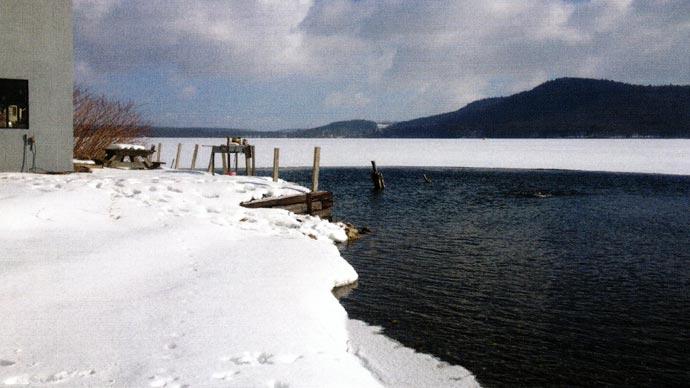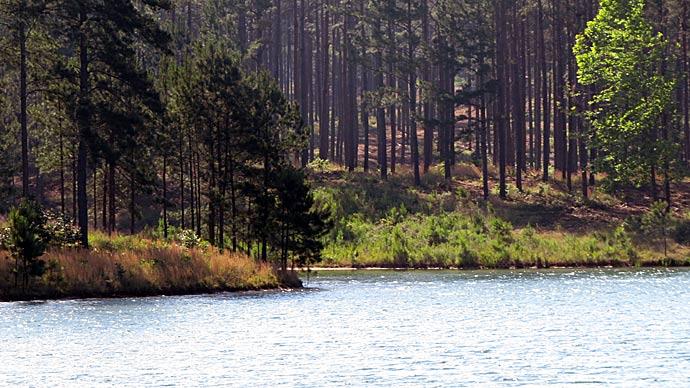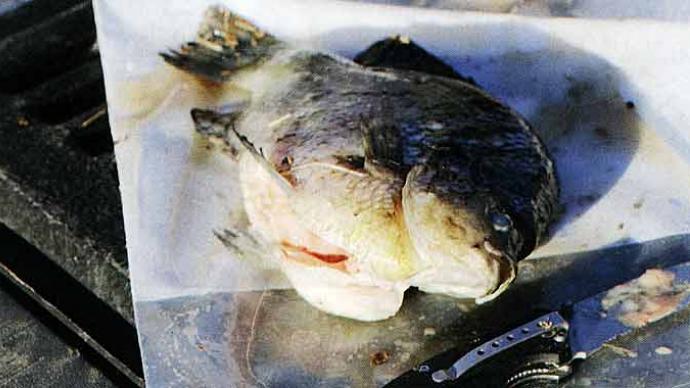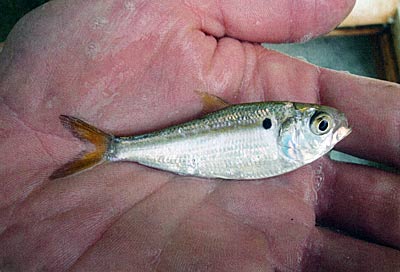
Pond ownership is a journey that can prove to be exciting and fun, as well as frustrating and disappointing. Good times are typically fueled by great memories of relaxing on the water or catching fish with family and friends, or just the simple serenity that water gives. As owners, we want our ponds to always provide a high level of entertainment, allowing for a continuous stream of lasting memories, as well as a source of excitement and energy that motivates family to draw closer together and enjoy each other's presence.
Over years, many private waterbodies that become a pillar of lasting memories begin to change. Oftentimes these changes occur slowly, and at times it happens so gradually that the transformation goes unnoticed until the pond or fishery have altered considerably. When this occurs, it is typical for people to be concerned and take action.
Unfortunately for pond owners, issues viewed as problems are actually symptoms of the real problem. As a result, the obvious solution will not usually restore the pond back to times when things were good. Waterbodies are complex, and as one variable shifts it influences another, which influences another. This cause and effect process results in the need to address what caused the change, rather than addressing what was affected by the change.
One of the most common examples of this is when waterbodies develop a vegetation or algae issue. Most of us naturally think vegetation and algae are the problem, since they are the obvious issue jeopardizing the pond. In reality, those plants are a symptom of an underlying problem. So, when the average pond owner identifies vegetation and algae as a threat and acts to control it, they become vulnerable to managing both their pond and their money poorly. Then they set themselves up with false expectations, which leads to frustration. In many cases vegetation and algae do need to be addressed, but the real fix is to address other variables such as nutrient load and water depth. In some cases, the nutrients can be mitigated; in other cases, they need to be redirected.
I've seen other examples of this with ponds that previously produced quality Largemouth bass, but now only contain undersized bass. In this situation, it is typical for a less experienced pondmeister to assume bass genetics are poor and need to be improved before the bass can grow, or that the bass ate all of the forage fish and that more baitfish need to be stocked. While those conclusions seem obvious on the surface of that thought process, a more experienced pond manager digs a little deeper. Although bass genetics could be poor, and stocking forage fish would provide food for the bass, neither option is necessarily going to provide the desired long-term outcome. In some cases, people want to simply stock adult bass, not realizing that those newly stocked adult bass will suffer the same fate as all the others. In order to fix an issue of this nature, you need to move past the symptoms (i.e. obvious problem) and focus on addressing the real issues. In this case, the most common issues may be either less-than-optimal productivity, which has resulted in an underperforming forage base; an over-population of predator fish; or poor water quality resulting in stressed bass that are not feeding properly. In many cases, ponds suffer from low productivity teamed with too many predators overeating their food chain.
Another example of obvious relates to bass catch rates. When low catch rates plague a pond, it is typical to feel the need to increase the number of predator fish. This obvious solution would work well if you have an exceptional budget. Unfortunately, it is not the best choice for those who desire to maintain or achieve quality bass growth without spending more money, since adding more predators to a system will result in reduced growth rates if management strategies don't budget for buying additional forage fish to feed the new inhabitants. In some instances, catch rates can be improved by altering habitat to congregate fish in key areas that allows anglers to target fish easier, as well as encouraging feeding competition amongst the bass, which are competitive with one another for food. Another solution would be to reduce angling pressure by limiting the number of fishermen and frequency.
The principle of thinking past the obvious takes on an advanced form for fisheries biologists who have exposure to a large number of learning opportunities. You have your pond and records, but pond pros have data on many ponds for making comparisons. Implementing management strategies, and then comparing expectations to the actual outcome is a continual process for a fisheries biologist. That experience helps biologists push the envelope on what they know compared to what they have to figure out. Over time, science-based learning pushes the pond management industry to a point where quality fisheries can be created—and maintained—with high probabilities of success. As biologists try to create better fisheries than ever before, it is clear the industry needs to lean on scientific data more than ever. A scientific approach may be necessary to uncover the remaining unknown details that are more finite and complicated. That means deeper knowledge of water chemistry and its impact on fisheries. It means understanding the dynamics of a fishery and projecting where it goes. It means understanding aquatic plant life. Then, bringing those different segments into a deeper thought process, biologists begin to understand how each influences the others, and how to mold the whole system in a successful direction.
Therein lies the rub. Fisheries biologists are managing entire ecosystems with a multitude of variables—each playing an active role in the outcome of the fishery. The complexity of ecosystems and their influence from a large number of variables do not lend itself well to peer-reviewable scientific conclusions. Most conclusions made by private biologists are built on assumptions, and as a result, a quantifiable truth is harder to isolate. Without drawing scientific conclusions built on high quality data, these details that remain unknown become much harder to truly understand.
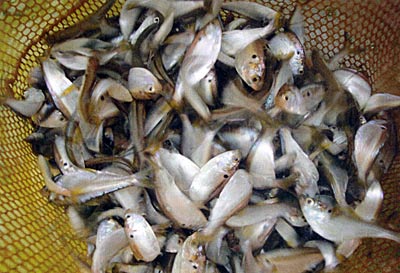
Most scientific research published in peer-reviewed journals typically focus on a singular objective studied in a relatively controlled environment. This type of data collection is far more precise, but the outcome is oftentimes only focused on one piece of fisheries management. Due to the time, energy, and expense required to collect data of this nature, private fisheries biologists are unable to put substantial effort towards scientific data collection that is credible enough to withstand the peer-review process. Although private biologists are confident in their experience and do their best to apply what they have learned, they are always vulnerable to misinterpreting or overlooking the significance of certain variables, as it is rarely possible to isolate each variable and quantify exactly how it contributed to the overall success of the fishery. Because of this, sometimes obvious things that have a positive influence on the fishery overshadow other things that we do not know.
That's why many pond management pros live by the adage, "Pond management is about 20% science and 80% art."
While we know variables influence other variables through a cause and effect relationship, it is difficult to determine with scientific certainty what management strategies are contributing the most towards the success of a fishery—or keeping it from meeting its full potential. Many biologists and scientists across the country are working hard to better understand genetics, fish feed diets, plankton blooms, vegetation management, fish habitat, nutritional value of forage fish, etc., and together continue to piece together data that helps us better understand how to improve growth rates on bass. Although biologists have done a good job at understanding this thinking past the obvious principle, the industry still has many significant advancements ahead, and it will likely be some time before biologists have all the tools and knowledge required to extract the full potential from the fish they are trying to grow.
Fortunately for private pond owners, enough has been learned over the past few decades to create a great fishery with a high probability of success. As a result, the tools and knowledge are available to help facilitate good times while avoiding the bad. So, the next time you are faced with a pond issue, take a moment to think past the obvious before you inadvertently mismanage your pond budget, or set yourself up with false expectations.

